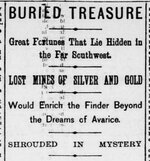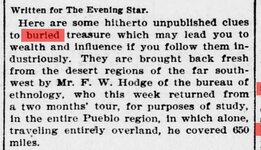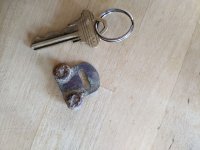Evening star. (Washington, D.C.), 23 Sept. 1899.


Evening star. (Washington, D.C.) 1854-1972, September 23, 1899, Page 17, Image 17 « Chronicling America « Library of Congress


Evening star. (Washington, D.C.) 1854-1972, September 23, 1899, Page 17, Image 17 « Chronicling America « Library of Congress





